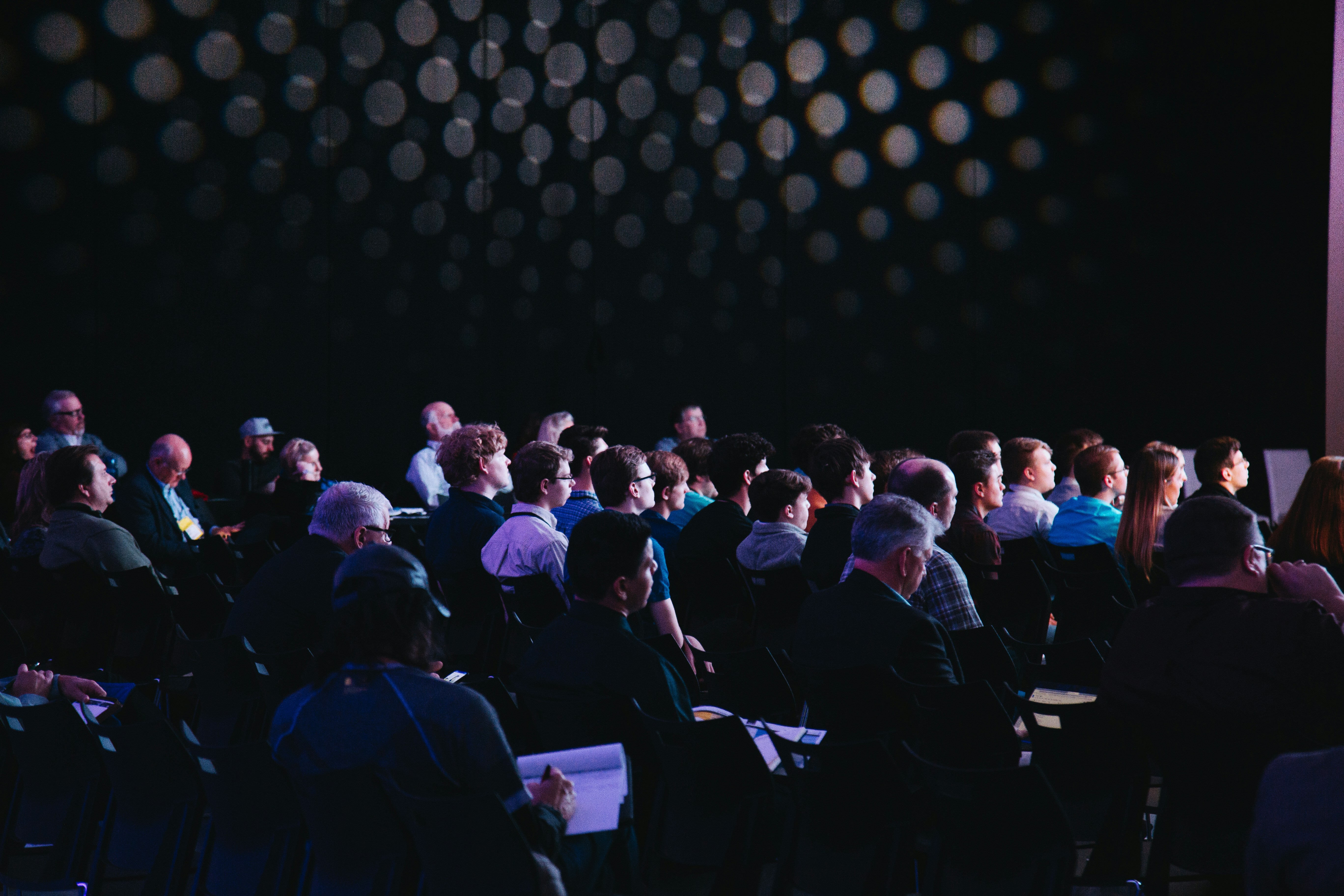1. Lack of Contextual Understanding
AI tools are exceptional at processing data, but they struggle with understanding the nuances of a business. Each startup or company has a unique story, market positioning, and vision. AI-generated designs often lack the context required to tailor slides that resonate deeply with investors.
Key Tip: Always work with a human designer who takes the time to understand your business, target audience, and industry dynamics to ensure your pitch deck communicates your unique value effectively.

2. Generic and Repetitive Designs
AI relies on pre-set templates and design rules. While this can result in visually appealing slides, it often leads to generic layouts that fail to stand out in a competitive landscape. Investors see countless pitch decks—standing out requires creativity and a personal touch that AI can’t provide.
Key Tip: Collaborate with a designer to customize layouts and create unique visual elements that reflect your brand identity and captivate your audience.

3. Limited Emotional Connection
Investors are not just investing in numbers; they are investing in people, ideas, and emotions. AI lacks the ability to infuse a pitch deck with passion, storytelling, and the emotional depth needed to create a lasting impression.
Key Tip: Incorporate storytelling into your pitch deck by highlighting your journey, mission, and vision. Use a human designer to translate these elements into visually engaging slides that evoke emotion.

4. Inflexible Adaptation to Feedback
AI tools may struggle to interpret feedback or adjust designs dynamically. For example, an investor might suggest emphasizing certain aspects of the business model. Translating this into impactful design and messaging requires human intuition and problem-solving skills.
Key Tip: Partner with a designer who can quickly interpret feedback and make meaningful adjustments to ensure your pitch deck aligns perfectly with investor expectations.

5. Over-Reliance on Automation
Using AI alone might save time, but it often overlooks the finer details, such as brand alignment, the cultural context of visuals, or subtle changes that make a slide more persuasive. A human designer ensures that these critical elements are not missed.
Key Tip: Use AI tools to handle repetitive tasks, but rely on human expertise for polishing the design, refining the messaging, and ensuring every slide is aligned with your overall strategy.

Conclusion
AI is a powerful tool, but it’s not a substitute for human creativity and strategic thinking when designing pitch decks. For businesses aiming to leave a lasting impression, the key lies in blending AI's speed with human ingenuity to create presentations that truly shine.


